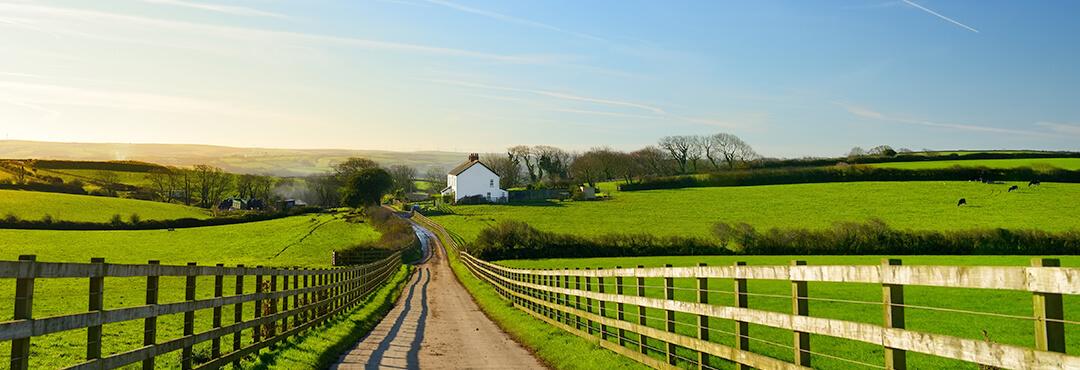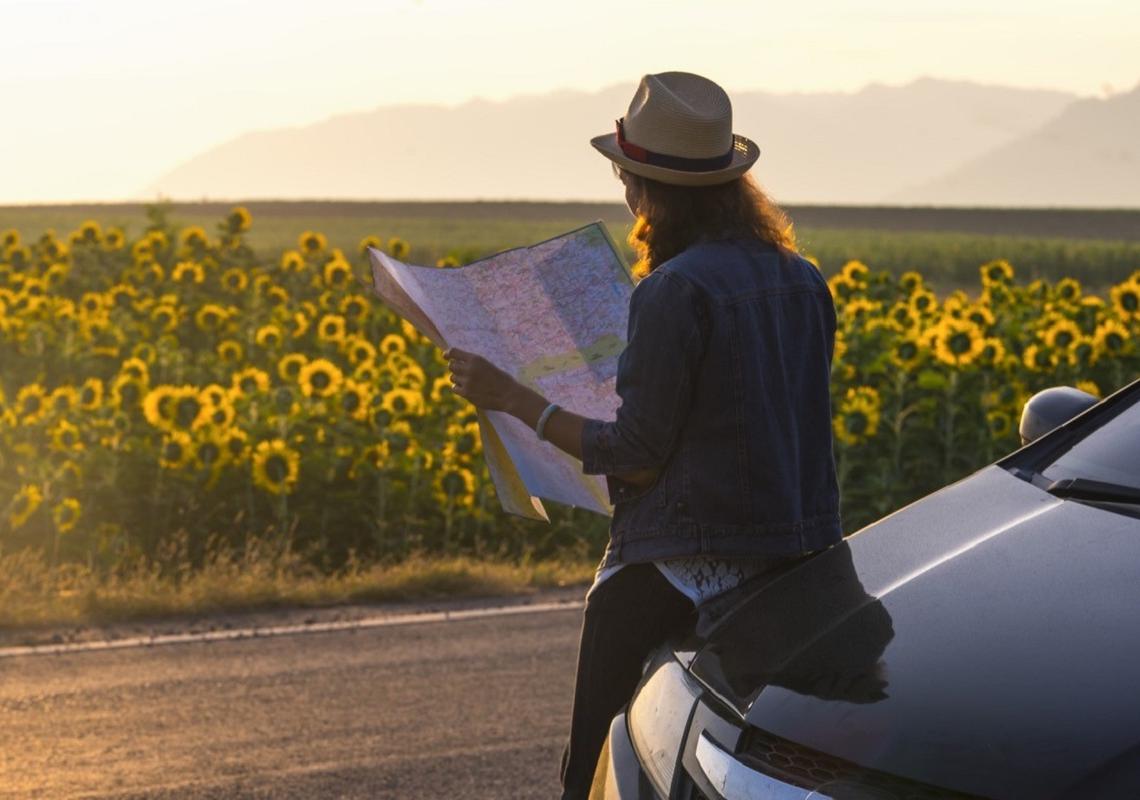A Guide to Smallholding Insurance
I will admit insurance is not the most exciting subject until something goes wrong. Then it becomes very interesting and it is impossible to put back the clock after as they say ‘the horse has bolted’ - sometimes literally.
The first point to understand is that commonplace house and contents insurance policies do not cover your smallholding activities. They are intended to cover non-business activities and go no further than the house and garden. Your smallholding will not be included in that definition so you will need a purpose-designed smallholder insurance policy.
So here is a guide of the key points to consider when arranging or comparing the many emerging smallholder insurance policies.
These policies are invariably known as ‘combined’ policies which provide a package of different classes of insurance cover all rolled into one easy to manage and hopefully easy to understand policy.
The most important consideration is not your own loss but the loss you can inadvertently cause to others. Commonly termed ‘liability’ insurance comes in three main categories:
Public liability
Or more commonly sold as public and products liability. This part of the insurance covers damage to other peoples’ property caused by your farming activities. It also covers injury and death. The products part covers damage which the produce you sell could cause to others. When comparing policies you need to consider what is termed as the ‘indemnity limit’. This is the amount the policy will pay for any one incident.
There is a range of ‘indemnity limits’ and this is the most important part of any insurance policy. There are some policies still on offer with a limit as low as £1m and many are also limited to £2m. Recently some insurers have started offering policies with limits of £5m. This is really the minimum limit which should be considered for all smallholdings. In recent years the cost of personal injury claims and the associated legal costs have spiralled into many millions of pounds in some very tragic cases. Without dwelling on it too much imagine the financial impact of a stray animal causing a very serious car accident. Coupled with the fact that livestock owners will be held ‘strictly liable’ if their animals stray on to the road or work themselves free at a show or market.
Environmental liability
Now this is a subtle but highly important variation especially taking into account the volumes of environmental legislation which now exists and has grown in the last ten years or so. The ‘environment’ in this case is the flora and fauna including protected species and the actual land, air and water that flows through our beautiful countryside. If you pollute and damage the environment the standard public liability policy may not cover the loss and damage caused. The environment is not defined as ‘third party’ property. So look carefully at the policy. You need your smallholder insurance policy to include environmental liability and not just the word pollution. This should also cover damage to your own land caused by sudden accidents and gradual causes. Perhaps the easiest scenario would be a fuel tank slowly leaking and contaminating a stream and your ground. The legislation will require you not only to clear up and decontaminate the mess but also pay compensation whilst the eco cycle is returning to its pre-polluted level, potentially over several years. Indemnity limits vary but you should look for a policy with £1m cover for claims of this nature.
Employer’s liability
This is a crucial and mandatory by law part of insurance cover. You do not need to be operating a PAYE system with lots of workers. A friendly occasional helper can be viewed as an employee when an accident happens. The universal limit of cover provided is £10m.
Once you have given careful consideration to the damage you can cause to others you need to think about your own property and what you need to protect.
Property
Property cover would be the farm buildings, machinery, and your produce and deadstock. The term ‘comprehensive’ cover is often used in relation to car insurance but this really does not exist for smallholding property insurance. It reverts to what is quaintly known as insured perils. These are events that occur and cause damage.
Traditional insured perils would include fire, theft, storm damage and flood. Vandalism and impact (being hit by something) are normally also included. The values given on the policy will also include the cost of removing the debris as well as rebuilding or replacing the lost or damaged property. Therefore, it is so important to read the policy to ensure the values shown are adequate. Policies also differ as to whether they will require certain levels of security and whether they will cover the full value of the loss or if an allowance for depreciation will be made.
Livestock and farm animals
It is virtually impossible to find a policy that covers every eventuality and if you did then it would be prohibitively expensive. And who wants to pay an insurance company all their hard-earned money? You need to consider what the biggest risk is to you. All policies should cover animals for the same perils as mentioned above in the property section. Then you should be looking for other covers to be included such as injury and death in transit and death whilst straying away from the farm. Also dog worrying of sheep would be important if you keep a flock.
You can go further and arrange specialist disease cover - livestock mortality insurance that is termed as ‘full mortality’. These covers will fall beyond the scope of the standard smallholder insurance policy and need to be arranged with a farm insurance specialist.
The last word on livestock insurance is to watch the limits within the policy for single animal values. This can range from £1,000 to £5,000 per animal.
The insurance definition of a ‘smallholding’
The definition is interesting and varies between insurers so this is where you need to be vigilant. The best way to approach this is to consider the rearing of livestock or growing crops as the primary smallholding activity. Anything else would be a secondary activity or diversification. This second category includes keeping a few horses for DIY livery and bed and breakfast, or maybe a small number of caravans and campers. Several of the smallholder policies provide cover automatically for these. Others may not. You need to consider carefully what you do including attending shows and selling produce in a processed form like jam or butter.
It should be remembered that insurers consider smallholdings to be a lifestyle as opposed to a full-time commercial farm. Hence it is common for insurers to limit the size to no more than 100 acres and some have a turnover limit to be aware of.
Some policies limit the smallholding to the premises shown as the main address whilst others allow for areas of land being used away from the farm, for instance grass keep.
So having guided you through the points to look for there is now a range of policies being offered on the internet which are becoming easier to understand. This includes several household names of insurers and you should consider the reputation and financial standing of the insurer and maybe look carefully at any unfamiliar names.
Get in Touch
Roger Morgan Dip CII is the head of rural of Farm & General Insurance. He describes himself as a frustrated farmer who has worked for nearly thirty years in the farm insurance sector and still looks forward to his daily farm visits around the UK with great excitement.
MYfarminsurance.co.uk has a small farm policy in association with Aviva which makes arranging insurance cover simple and easy.
Contact his expert team now on 01590 624399 or get a quote .




